In marketing, considering and meeting audiences means understanding the cultures that they belong to. Culture influences every aspect of our lives and shapes our perspectives, interactions, and choices. By embracing culture, marketers can find new ways to connect with audiences where they are.
What is Culture?
Culture encompasses the shared beliefs, customs, practices, and behaviors of a particular group. It is a complex tapestry woven by historical, social, economic, and environmental factors. Some know it’s messy. Most know it’s ever-changing. We, at Experiences For Mankind, know it’s beautiful.

How Different Cultures Influence Marketing Efforts
Different cultures exert a profound influence on marketing efforts (both internal and external), as they shape audience preferences, behaviors, and expectations. This requires marketers to understand and adapt their strategies to resonate authentically with diverse cultural contexts. Some examples of this include:
Industry and Business Cultures
Each industry and business have their own distinct culture, shaped by their values, norms, and practices. For instance, the culture of the tech industry emphasizes a spirit of innovation, disruption, and relentless pursuit of technological advancement. This cultural landscape has immense influence over how companies position themselves to their consumers — much like Tesla has done with its innovation and willingness to challenge traditional automotive industry norms. Similarly, the culture of the sports industry thrives on competition, collaboration, and athletic greatness, with the New England Patriots serving as a prime example through their unwavering commitment to winning championships.
Audience and Consumer Cultures
Audience and consumer culture encompass the shared beliefs, values, and preferences of specific target groups, such as generations. Gen Z culture prioritizes authenticity, inclusivity, and social responsibility. By understanding this culture, marketers can customize their messages, visuals, and product offerings to resonate with Gen Z’s values. Glossier, a beauty brand, exemplifies effective marketing to Gen Z by utilizing social media platforms, fostering a community-centric approach, and emphasizing inclusivity and natural beauty. Their strategy aligns with Gen Z’s longing for genuine connections and representation in the beauty industry.
Regional and Demographic Cultures
Culture also varies significantly across regions in the U.S., allowing marketers to create highly targeted campaigns that deeply resonate with their specific markets. Whether capturing the relaxed atmosphere of Southern California or the vibrant energy of Miami, these cultural nuances influence consumer behaviors and expectations. Vans, for instance, skillfully taps into SoCal culture by embracing the region’s laid-back, sun-soaked lifestyle. In doing so, Vans creates a strong emotional bond, cultivating a loyal following that has elevated the brand as a symbol of SoCal lifestyle. Alternatively, Bacardi exemplifies the cultural fusion of Miami as it brings its Cuban origins to its Floridian headquarters, where it embraces and promotes the city’s thriving nightlife and rich cultural heritage.

Fashion and Style Cultures
Fashion and style cultures are constantly evolving, reflecting society’s tastes and trends. Savvy fashion marketers stay attuned to these cultural shifts, aligning their campaigns with emerging styles, influencers, and societal values. A prime example is Supreme, a fashion company that has become a cultural force by collaborating with influential artists, designers, and brands, offering limited-edition collections, and creating an aura of exclusivity and anticipation. Supreme’s marketing prowess taps into the human desire for individuality and scarcity, crafting a narrative that deeply resonates with their audience and cultivates enduring success and passionate customer loyalty.
Though these examples are just a glimpse of the many cultures that exist, they illustrate the importance of understanding and leveraging cultures in marketing and advertising.
Enhancing Marketing with Cultural Anthropology
To enhance marketing initiatives like those mentioned above, marketers should strive to develop a deep understanding of diverse cultures. This can be done using cultural anthropology, which studies how culture shapes human behavior and society. This framework can enhance cultural understanding, allowing marketers to develop strategies that align with the cultural expectations of audiences. It can also help marketers observe and analyze consumer behaviors, motivations, and needs so they can develop products, services, and messaging that resonate on a deeper level. Further, it can help marketers adopt a culturally sensitive approach that avoids cultural appropriation or misrepresentation, instead building trust and creating inclusivity.
Impact of Culture on Marketing Decisions
In the dynamic landscape of marketing and advertising, culture plays a central role in shaping consumer preferences and behaviors. Embracing cultural anthropology provides marketers with a powerful lens to decode and leverage cultural insights. By understanding the intricacies of culture and its influence on various aspects of society, marketers can make informed decisions, create authentic connections, and build brands that resonate deeply with their target audience.





